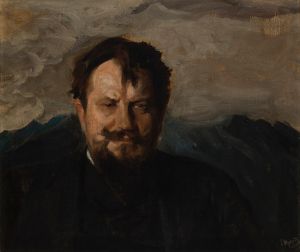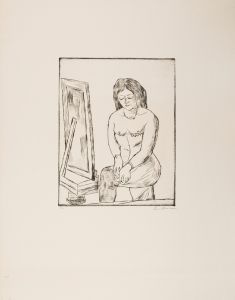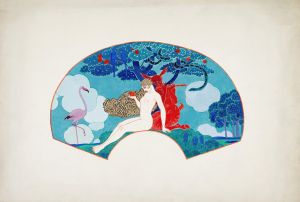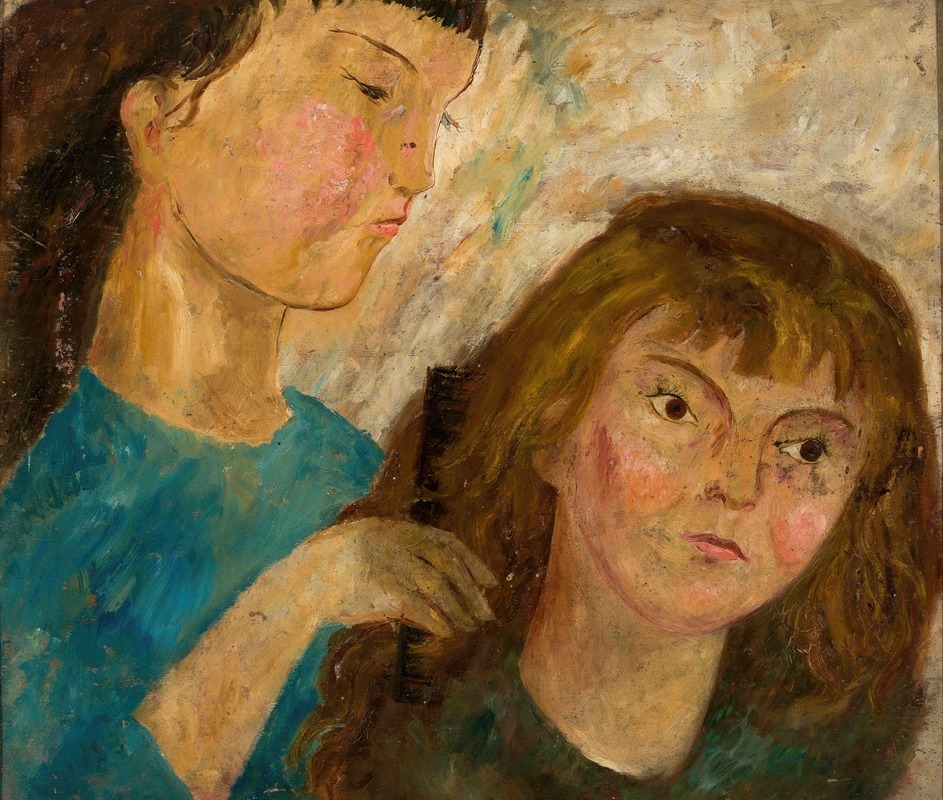
Toilette
A hand-painted replica of Tadeusz Makowski’s masterpiece Toilette, meticulously crafted by professional artists to capture the true essence of the original. Each piece is created with museum-quality canvas and rare mineral pigments, carefully painted by experienced artists with delicate brushstrokes and rich, layered colors to perfectly recreate the texture of the original artwork. Unlike machine-printed reproductions, this hand-painted version brings the painting to life, infused with the artist’s emotions and skill in every stroke. Whether for personal collection or home decoration, it instantly elevates the artistic atmosphere of any space.
Tadeusz Makowski was a Polish painter known for his unique style that combined elements of Post-Impressionism and Cubism. Born on January 29, 1882, in Oświęcim, Poland, Makowski initially studied classical philology at the Jagiellonian University in Kraków before pursuing art at the Academy of Fine Arts in Kraków. His early works were influenced by the Young Poland movement, which was characterized by a focus on national identity and a departure from academic art traditions.
Makowski moved to Paris in 1908, where he became part of the vibrant artistic community. In Paris, he was exposed to the works of leading artists of the time, including Pablo Picasso and Georges Braque, which significantly influenced his artistic development. Makowski's style evolved as he began to incorporate elements of Cubism, characterized by geometric shapes and a fragmented approach to form.
One of Makowski's notable works is "Toilette," a painting that exemplifies his mature style. While specific details about the painting "Toilette" are limited, it is known that Makowski often depicted scenes of everyday life, focusing on children and rural settings. His works are characterized by a sense of innocence and simplicity, often featuring muted colors and a soft, dreamlike quality.
Makowski's paintings frequently include figures with simplified, almost puppet-like forms, reflecting his interest in folk art and the innocence of childhood. This approach can be seen in "Toilette," where the figures are likely rendered with a sense of naivety and charm, typical of Makowski's work. His use of light and shadow, along with a subtle color palette, creates a gentle atmosphere that invites viewers into a world of quiet contemplation.
Throughout his career, Makowski remained somewhat detached from the mainstream art movements of his time, choosing instead to develop a personal style that resonated with his own sensibilities. His works often convey a sense of nostalgia and a longing for the simplicity of rural life, themes that were particularly poignant during the tumultuous times of the early 20th century.
Makowski's contribution to art is significant, as he managed to blend elements of modernism with a distinctly personal touch. His works are celebrated for their emotional depth and technical skill, and they continue to be appreciated for their unique perspective on the human experience.
Tadeusz Makowski passed away on November 1, 1932, in Paris, leaving behind a legacy of art that continues to inspire and captivate audiences. His paintings, including "Toilette," remain an important part of Polish cultural heritage and are studied for their innovative approach to form and content. While specific information about "Toilette" may be limited, it stands as a testament to Makowski's enduring influence in the world of art.







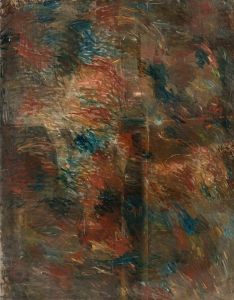
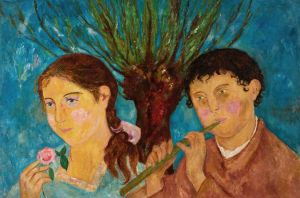
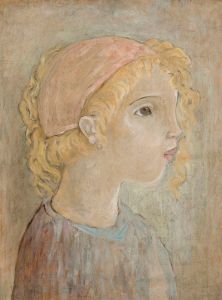

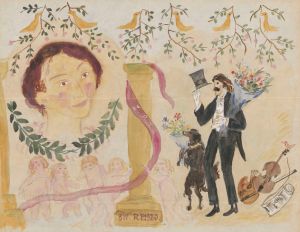
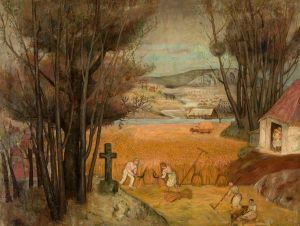
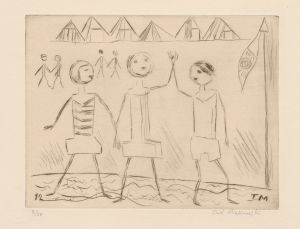
![Graphic design drawings for Barricini Candy packages.] [3-D Study, circular candy box with Indian motif on blue background](/imgs/249346/s/winold-reiss-graphic-design-drawings-for-barricini-candy-packages-3d-study-circular-candy-box-with-indian-motif-on-blue-background-8cd7e0d7.jpg)
![Interior perspective studies for Restaurant Crillon, 15 East 48th Street, New York, NY.] [Study for Batik Room or Main Dining Room](/imgs/249377/s/winold-reiss-interior-perspective-studies-for-restaurant-crillon-15-east-48th-street-new-york-ny-study-for-batik-room-or-main-dining-room-f49c2d45.jpg)
